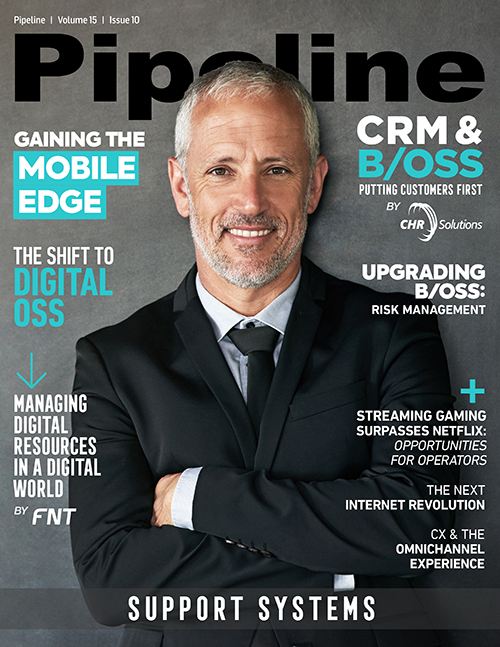Taking customer experience across the omnichannel
Given that CX projects will very likely involve multiple departments, one of the key principles to keep in mind is to get everyone working off the same plan. That can be more difficult than it sounds, in that departmental functions often have different objectives and metrics that might work at cross purposes if the larger CX goal isn’t kept in mind.
For instance, consider a CX objective of supporting more next-day product deliveries to customers buying online to grow sales. The marketing department wants to put in place front-end tools and promotions to drive this objective, but the logistics function may be held accountable for inventory and transportation cost containment targets that weren’t built on the new goals. Such potential tradeoffs need to be discussed, balanced, and aligned under the CX initiative.
It may turn out that added cost to service customers with faster delivery will be worth it based on capturing more sales and market share. But if everyone isn’t working off the same plan, CX objectives can fall short. The answer is to start with an overarching plan that is customer-focused—that looks at objectives from the outside-in perspective. To the customer, all that matters is that they get that next-day delivery as promised; they won’t care about unexpected transportation spend that wasn’t factored into your plan.
Now that you have planned your CX objectives, you can get everyone moving in the same direction. Different departments should identify and start executing on functional goals—maybe marketing needs to infuse chatbots with new rules, while logistics needs to tighten its real-time collaboration links with carriers to be confident that delivery promises will be met.
Once you have your teams moving in the right direction together, it’s time to measure and improve. Rate your progress on a continuous basis, assess gaps, and adjust—and CX improvement should follow. In short, have a continuous improvement framework for CX.
Foundational capabilities
Achieving consistent content and information flow to customer touchpoints is part process excellence and part technology. The process or human elements, as discussed, are about establishing CX goals early on, promoting cross-disciplinary collaboration, and thinking about how you’ll measure and adjust. But consistency also is aided by a technology foundation that brings together CX-related content and refines it to fit each channel delivery mechanism.
Your tech foundation needs to be able to overlay multiple systems and points of interaction. It’s utterly unlike the days when the customer call center was the primary point of contact, and good call center management system and representative training were the backbone for CX success. Today, one customer might be on the phone and getting interactive voice responses, while others are on a laptop, an app, or a chatbot.
Common rules and information should feed out to all these interaction points to ensure a consistent level of service. This need for uniform content delivery is helped by a central knowledge base that spans all the context needed to satisfy the interaction as well as provides scripts to respond to every situation.
Trying to put every possible piece of customer-related data into one big database isn’t practical, simply because of the range of enterprise applications, front-end commerce software, and back-end legacy systems in many companies. It’s more practical to think in terms of a layer of software that consolidates, organizes, authors, and manages essential customer-facing content. Look for technology that delivers consistent information for every agent or employee in every situation.



















